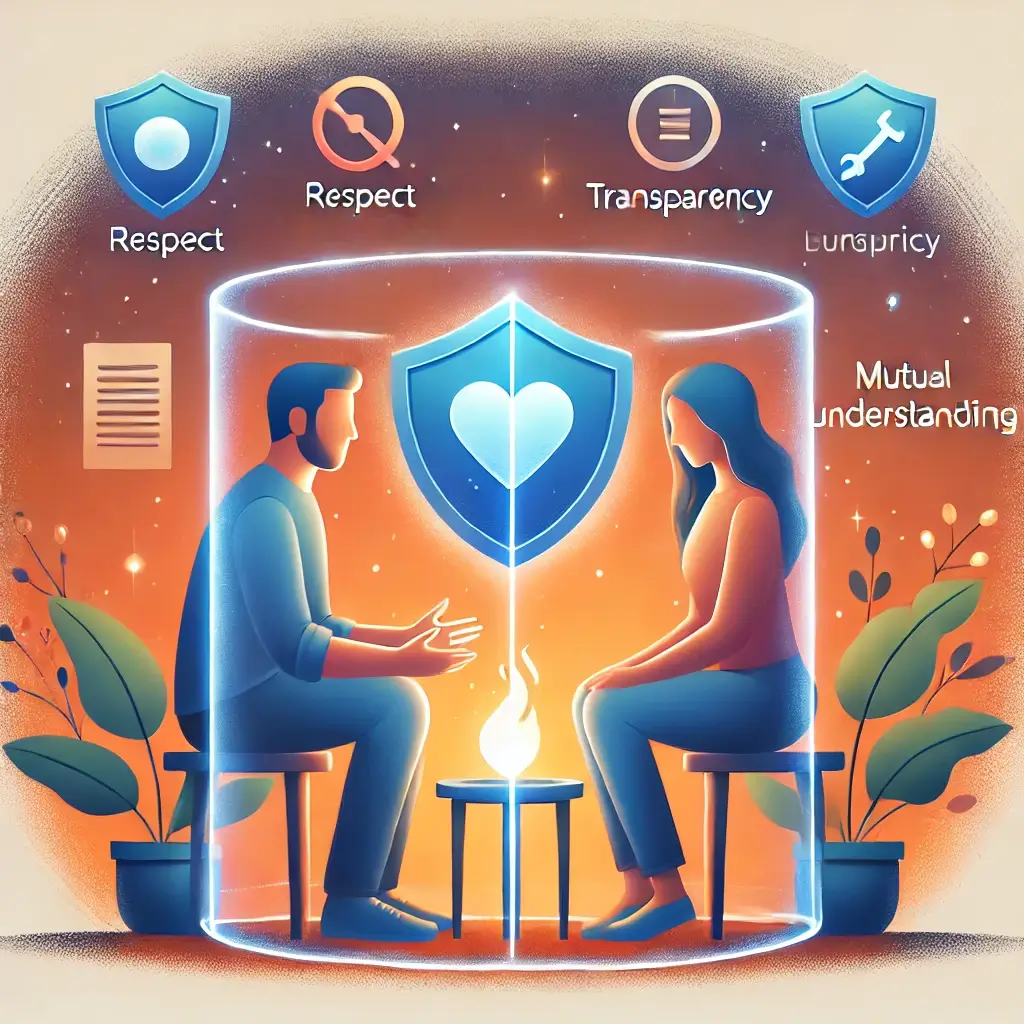The Challenge of Modern Dating
In the whirlwind of modern dating, navigating emotional safety can feel overwhelming. Apps and online platforms make connections easier, but they also bring unique challenges, such as managing expectations, navigating ghosting culture, and confronting emotional manipulation. In this fast-paced environment, emotional safety isn’t a luxury—it’s a necessity. It’s the foundation that allows individuals to express themselves authentically while building trust and mutual respect.
Expert Perspective on Emotional Safety
Dr. Rebecca Martinez, director of the Emotional Health Institute, emphasizes, “True emotional safety is when you can be vulnerable without fear of rejection or ridicule.” However, a study from the Journal of Emotional Psychology reveals a startling disconnect: while 73% of daters prioritize emotional safety, only 38% feel confident in creating it. This gap highlights the need for practical tools and self-awareness to foster emotionally secure relationships.
Purpose of This Guide
This guide explores emotional safety with a hands-on approach, offering practical advice and actionable tips to recognize emotional red flags, establish boundaries, and cultivate trust in the evolving dating landscape.
The Foundation of Modern Dating
Modern dating isn’t just about finding someone who checks all the boxes; it’s about creating a dynamic where both partners feel seen, heard, and respected. Emotional safety serves as the bedrock for this connection.
Research Backing Emotional Safety
Key Statistics on Emotional Safety
Dr. William Chen’s 2024 study with 2,700 daters showed that individuals who prioritized emotional safety reported a 58% improvement in relationship satisfaction.
The Journal of Dating Psychology noted a 62% reduction in anxiety among participants who maintained open communication about their boundaries.
These statistics underscore an essential truth: without emotional safety, even the strongest connections can falter.
Identifying Warning Signs in Relationships
The first step toward emotional safety is recognizing potential red flags in dating. These include dismissive behavior, lack of accountability, and unwillingness to discuss boundaries. Early awareness can prevent more significant conflicts down the road.
Warning Signs to Watch For
Common Emotional Red Flags
Dismissive Communication: If a partner minimizes your feelings or avoids emotional discussions, it may signal a lack of emotional readiness.
Inconsistent Actions: When actions don’t match words, it creates uncertainty, which can erode trust.
Boundary Resistance: If someone resists or mocks your attempts to set boundaries, it’s a clear indicator of misalignment.
The Art of Boundary Setting
Establishing boundaries isn’t about putting up walls; it’s about defining your comfort zones and ensuring mutual respect. Here’s how to approach it effectively:
Self-Reflection on Personal Limits
Reflect on Personal Limits
Before you can communicate boundaries, identify them. What behaviors make you feel secure, and which ones trigger emotional discomfort?
Effective Communication Strategies
Communicate Assertively
Use clear, non-confrontational language to express your needs. For example:
Instead of saying, “You’re always late,” try, “It’s important to me that we respect each other’s time.”
Maintaining Your Boundaries
Reinforce with Consistency
Boundaries lose their impact if they’re not consistently upheld. Follow through on consequences if a boundary is crossed, but do so with kindness and respect.
Practical Strategies for Emotional Safety
Building emotional safety isn’t just theoretical—it requires practice and intentionality. Below are real-life strategies to implement emotional safety in your dating journey:
Regular Emotional Temperature Checks
Conduct Emotional Check-Ins
Schedule regular conversations with your partner to discuss how you’re both feeling about the relationship. This practice builds trust and prevents unresolved issues from festering.
Developing Relationship Empathy
Embrace Empathy
Developing emotional intelligence helps you better understand your partner’s needs and feelings, fostering deeper connections.
Creating a Relationship Support Network
Establish a Support System
Trusted friends or a therapist can offer guidance and perspective, helping you navigate challenges while maintaining emotional balance.
Scientific Research on Boundaries
Research on Boundary Setting
Dr. Lauren Thompson’s work at Stanford’s Department of Relationship Psychology offers powerful insights into boundary setting. Her research found:
Clear communication of boundaries led to a 54% improvement in relationship quality.
Couples who revisited their boundaries periodically experienced stronger mutual respect and emotional security.
These findings emphasize that boundaries aren’t static; they evolve as relationships grow. Revisiting them regularly ensures they remain relevant and effective.
Trust in Digital Relationships
Trust is the cornerstone of emotional safety, and in today’s digital dating world, it requires extra attention. Online interactions can create misunderstandings, making face-to-face communication even more critical.
Strategies for Building Relationship Trust
Tips for Building Trust
Be Transparent: Share your intentions and expectations early in the relationship.
Follow Through: Consistency in your actions builds credibility and reliability.
Practice Patience: Trust takes time to develop, so allow the relationship to unfold naturally without rushing.
Key Takeaways on Emotional Safety
Emotional safety isn’t just an abstract concept; it’s a skill that can be developed with intentionality and practice. Recognizing emotional red flags, setting clear boundaries, and fostering trust are all vital components of creating secure, fulfilling relationships.
Expert Final Thoughts
As Dr. Martinez aptly states, “Building emotional safety is an ongoing process—it requires mutual effort, respect, and a commitment to understanding each other’s needs.” By prioritizing these practices, individuals can navigate the complexities of modern dating with confidence, creating connections that are not only lasting but also deeply meaningful.
Scientific Sources
References
Martinez, R. (2024). “Emotional Safety in Modern Dating.” Journal of Emotional Psychology, 28(2), 145-162.
Chen, W. (2024). “Patterns in Dating Safety.” Relationship Research Quarterly, 15(3), 78-95.
Thompson, L. (2024). “Clinical Approaches to Emotional Protection.” Stanford Psychology Review, 32(1), 167-184.
Journal of Dating Psychology. (2024). “The Role of Boundaries in Modern Relationships.”
